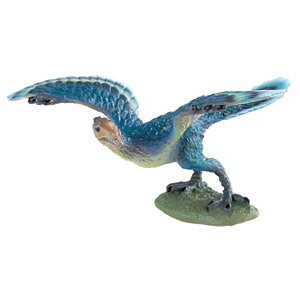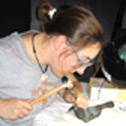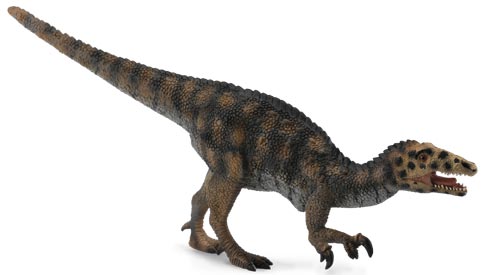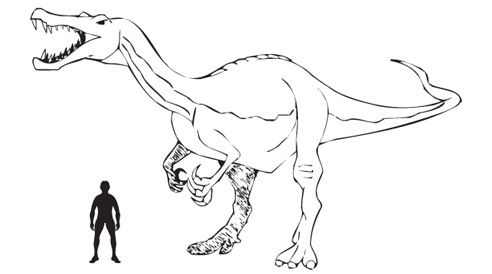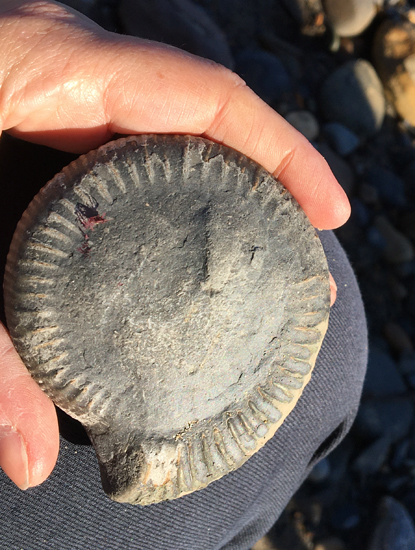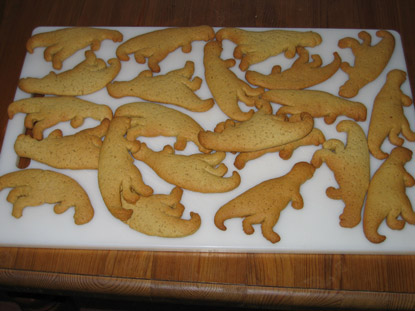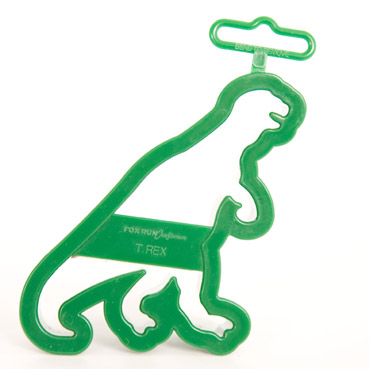Real Life “Jurassic Park” not too Far Away
TV Documentary Explores Dinosaur Genome
A TV programme being shown for the first time in the UK (Discovery Channel over the weekend) aims to demonstrate steps taken by scientists to bring Dinosaurs back to life. The programme to be shown on the Discovery Channel is entitled, “Dinosaurs: Return to Life”; highlights the work done to date to explore and identify the DNA signature of Dinosauria.
“Jurassic Park”
A team of scientists from Montana State University, a part of the Western USA with geology dating form the Age of Reptiles, aim to unlock the secrets of the dinosaur genetic code and if they are ultimately successful this could lead to the creation of dinosaurs once again. The Jurassic Park, of the Michael Crichton novel would become a reality. The progress the team have made on this remarkable project will be revealed in the TV documentary, receiving its premier in the UK. The question is posed; will scientists be able to reverse an extinction and ever be able to resurrect a dinosaur?
For Jack Horner, a professor of palaeontology at Montana State University and one of the consultants on the Jurassic Park films, the answer is a definite yes.
Professor Horner commented: “Of course we can bring them back to life. Their ancestral DNA is still present. The science is there. I don’t think there are any barriers, other than the philosophical.”
As genetic research has developed over the last twenty years or so, there have been numerous attempts to unravel the genetic make-up of a number of organisms. Professor Raul Cano, professor of microbiology at California Polytechnic State University, attempted to extract DNA from the preserved remains of insects trapped in amber. The Californian team claimed that they had extracted strands of DNA from a 40 million year old bee. In a similar programme of research at the American Museum of Natural History in New York, a group of scientists claimed that they had extracted the DNA from a fossilised termite.
Mammoth DNA
However, the initial results could not be replicated and it is now thought that the samples had been contaminated with modern DNA. Attempts have been made to recover genetic material from frozen Siberian Mammoths and from fossil Neanderthal bones, but to resurrect a dinosaur, scientists will need to be able to recover DNA from a fossil of an animal at least 65 million years old.
Many scientists believe that DNA being an organic substance would not be able to last 10,000 years under ideal preservation conditions, so finding valid dinosaur DNA would be impossible. However, both American and Russian teams claim that they have discovered fossils that have permitted the extraction of dinosaur proteins. This could lead to a breakthrough in this form of genetic research. The Russian team claim to have extracted proteins from a ceratopsian (horned dinosaur) and identified it to be similar in structure to the DNA of an ostrich. This would be somewhat expected as birds are thought to be close relatives of dinosaurs. Indeed, some palaeontologists have speculated that the Dinosauria clade should be re-classified along avian and non-avian forms.
Work by Hans Larsson, a palaeontologist at McGill University in Canada, has begun to unravel the links between the birds and dinosaurs. He conducted an experiment in November 2007 into the evolution from the long tail of dinosaurs into the short, stubby tails of birds. Advanced birds, such as the ornithothoraces and the modern neornithes have a much reduced tail structure. This is called the pygostyle and it consists of the last five tail vertebrae fused together into a plate of bone. The anatomy of the tail is one of the diagnostic characteristics that scientists use to differentiate between birds and maniraptoran dinosaurs such as Velociraptor. If a tail is found to contain less than 25 caudal vertebrae then this feature is used to help classify this organism as a bird.
Archaeopteryx for example had this shortened tail and so it is classified with the Aves clade.
A Picture of Archaeopteryx (Ancient Wing)
Picture credit: Everything Dinosaur
The picture of Archaeopteryx is a 1:5 scale model from the Museum Line range and other dinosaur models: Bullyland Museum Line Models.
Working with chicken embryos that were no more than 48-hours old, the McGill University team discovered that there were 16 vertebrae developing in the embryonic spine, effectively evidence of a reptilian tail. As the embryo developed the “tail” became shorter and shorter, until the young bird hatched with just the five vertebrae of a modern bird (neornithes).
Larsson and his team claim that this research indicates that the blueprint for a dinosaur remains dormant within the genetic make-up of birds. Taking their study further, the team have hatched mutant chicks with three extra vertebrae, providing evidence that they have been able to partially switch back on dormant genetic processes.
A group of researchers from the University of Wisconsin have also been attempting to manipulate the genome of chickens, not an easy task when it is considered that chickens have 78 chromosomes compared to just 46 in humans. Although the number of chromosomes does not seem to be related to the complexity of the organism, it is more directly related to the time a species has existed, with older species accumulating more chromosomes.
This American team attempted to turn on the processes for constructing teeth within the beaks of chickens. Early birds had teeth, but just like their long tails, they evolved toothless beaks in order to lose weight so that this would assist with flight. The team have reported some success, with embryos producing a form of dentition similar to the teeth of embryonic alligators, another indication of the close relationship between crocodilians, Aves and Dinosauria.
Professor Horner and his fellow scientists have speculated that within 100 years the knowledge and the techniques will be available to produce a dinosaur from a bird embryo – a sort of deconstructing one advanced theropod to produce a dinosaur.
Whether or not this is the right ethical approach has yet to be debated, after all, look what happened in the Jurassic Park movie!


